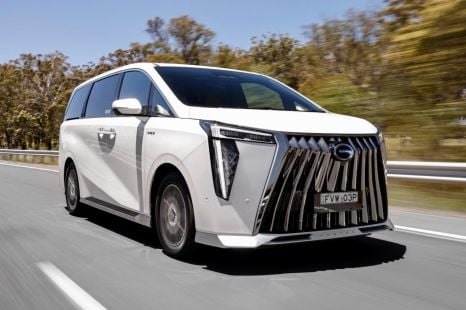

Ben Zachariah
2026 GAC M8 review: Quick drive
4 Days Ago
RON. More than just a name of a famous Harry Potter character, this acronym defines what is considered standard and premium unleaded petrol

Contributor
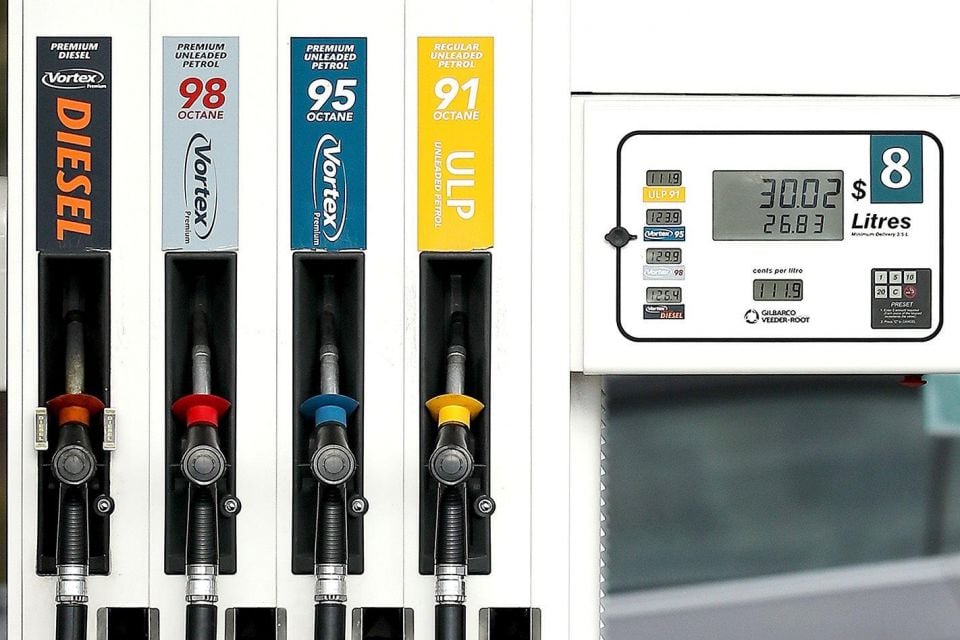

Contributor
RON. This is a common acronym seen everywhere from the local service station to articles and car reviews on automotive websites, including this one.
It’s short for Research Octane Number, a measure of the petrol’s octane rating. In Australia, the octane ratings top out at 98 for premium unleaded, before stepping down to 95 premium unleaded, E10 (94 octane) and standard 91 octane unleaded.
The octane ratings of petrol available elsewhere may differ.

What’s the octane rating? As discussed in an earlier article, the octane rating describes a fuel’s ability to resist premature burning, also known as engine knock. The term originates from the knocking sound an engine may make if the fuel it is using burns too early, before the spark plug has fired to ignite it.
Knock also relates to the engine’s compression ratio. A standard internal-combustion engine has several cylinders, each with a piston (hence terms such as V6 and V8).
The compression ratio describes the volume of the cylinder when the piston is at the bottom of its stroke (bottom dead centre or BDC) as compared to the top of its stroke (top dead centre, or TDC). If the volume at BDC is ten times that at TDC, then the engine’s compression ratio would be 10:1.
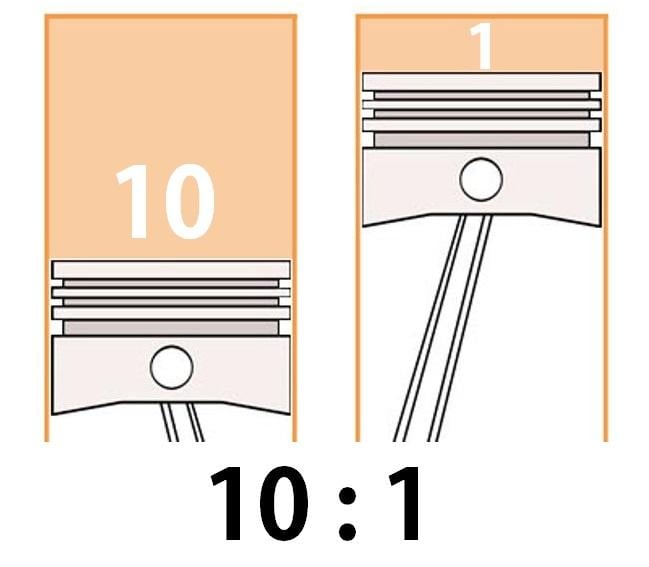
Engines with higher compression ratios have a greater thermal efficiency, which generally means they produce more power with better fuel economy compared to their low compression ratio counterparts, assuming all else is the same.
Fuel with a high octane rating combusts at hotter temperatures and under greater pressures. This makes it suitable for these high compression ratio engines as by not burning prematurely before the piston reaches TDC, the risk of knock is alleviated and the engine can produce more power and achieve better fuel economy.
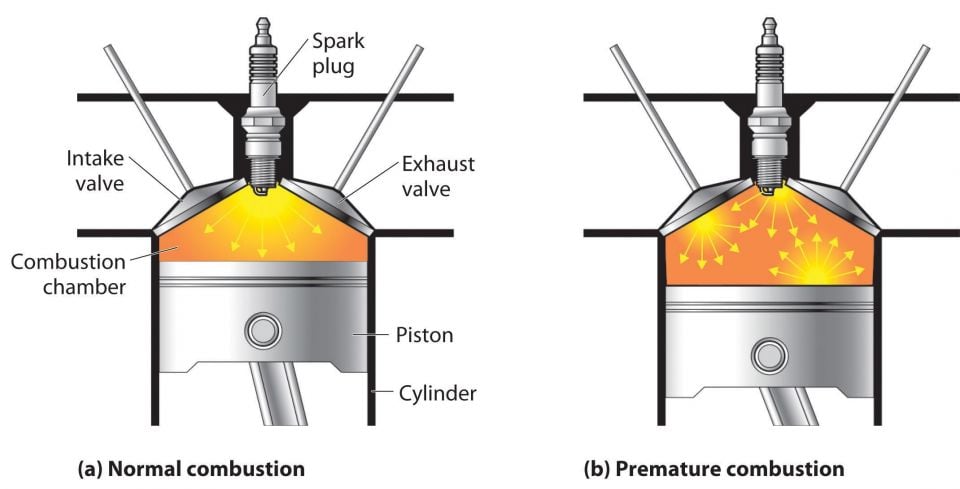
In Australia, this is the main reason why 98 octane fuel is typically branded as ‘premium’ unleaded. Not only is it the most expensive petrol a consumer can buy from the bowser, it also has the greatest knock resistance and therefore maximises the power and efficiency of the engine.
95 premium unleaded, E10 and standard 91 unleaded have a lower knock resistance. In a high-compression ratio engine, they will produce less power and reduce fuel economy.
The general rule of thumb is that older cars will happily accept anything from standard 91 unleaded all the way up to premium 98 octane petrol. However, newer cars with high compression ratio engines, especially those with turbocharged engines found on many European marques, strongly prefer 95 or 98 octane premium unleaded.
It’s important to note cars today have electronic fuel injection systems (EFI). These contain sensors that can detect if engine knock is occurring. If this is the case, the EFI system can adjust the spark ignition timing to prevent it from re-occurring. However, this can come at the cost of reduced power and worse fuel economy.
What does all of this mean? In an emergency situation where premium unleaded might not be available, it’s generally okay to fill a new car with standard petrol. Nevertheless, the safest bet remains to follow the manufacturer guidelines and recommendations to ensure the car’s longevity and that its performance and fuel economy are maximised.
Keep a look out, however, for cars in Australia that are equipped with petrol particulate filters (PPFs). These are filters that reduce harmful emissions and air pollution by trapping pollutants such as soot.
Vehicles equipped with PPFs may only be capable of running on higher octane fuel, at risk of serious damage to the engine and exhaust system. Most notably, the recently launched Skoda Superb Scout works strictly with premium unleaded only because of the amount of sulphur allowed in Australia’s lower-quality fuels.
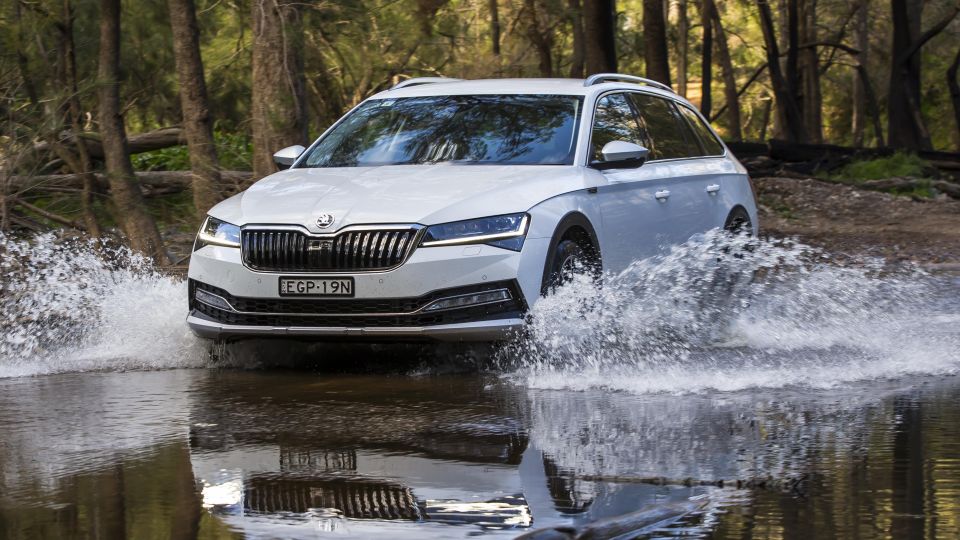

In a nutshell, premium fuel may have a minor ability to clean the engine, but it is definitely not necessary. Fuel companies such as Shell, Caltex and others often tout this cleaning ability as a unique advantage of 98 premium unleaded, however vehicles today are already equipped with fuel filters to keep out any impurities that can damage components such as the fuel injection system.
A better idea to ensure that the engine remains clean and free of any possible carbon build-up would be to adhere to manufacturer recommended service intervals, and to go on the occasional longer road-trip that ensures the car’s engine reaches its ideal operating temperature for a sustained period of time.


Ben Zachariah
4 Days Ago
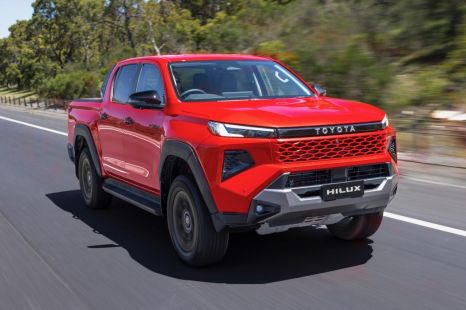

Ben Zachariah
3 Days Ago
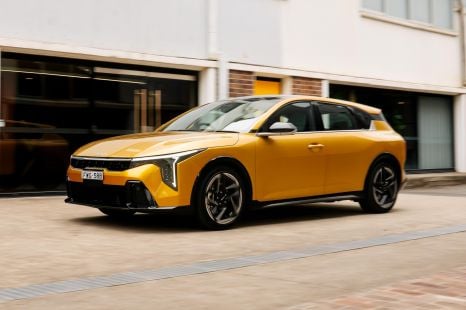

James Wong
2 Days Ago
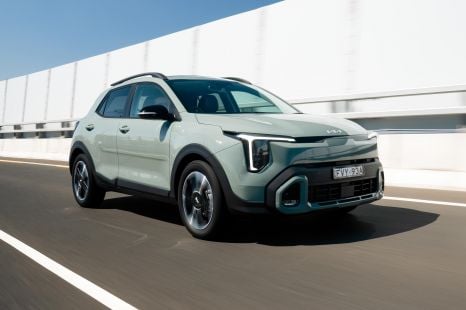

James Wong
2 Days Ago
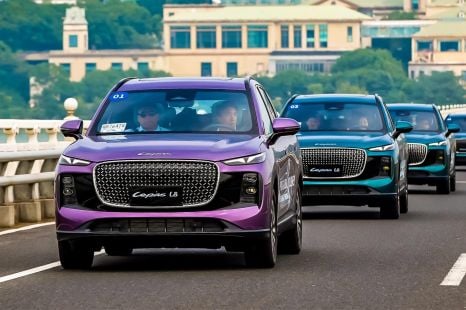

Andrew Maclean
2 Days Ago
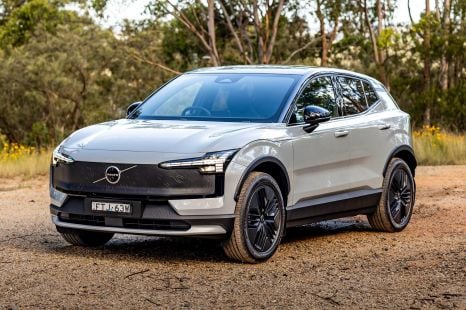

Matt Campbell
21 Hours Ago